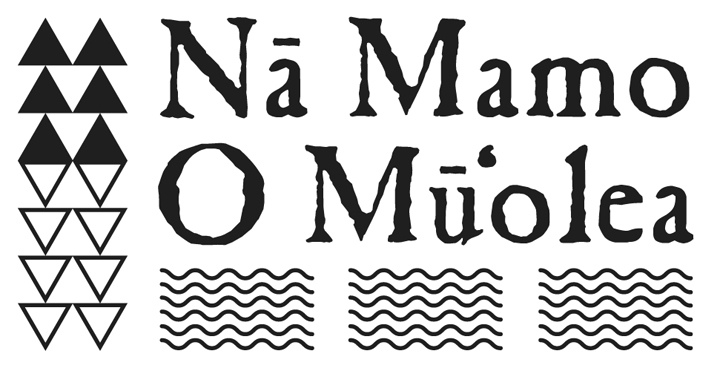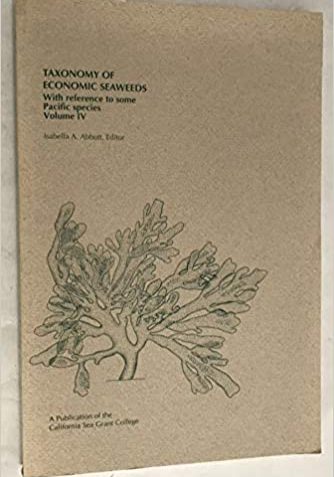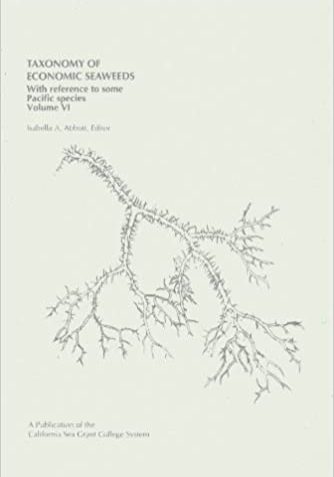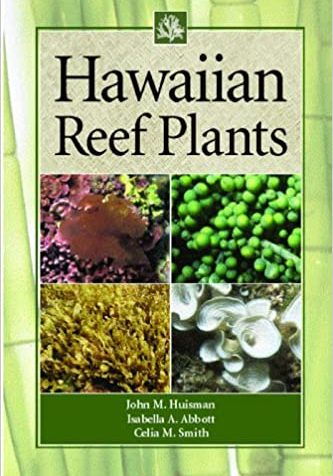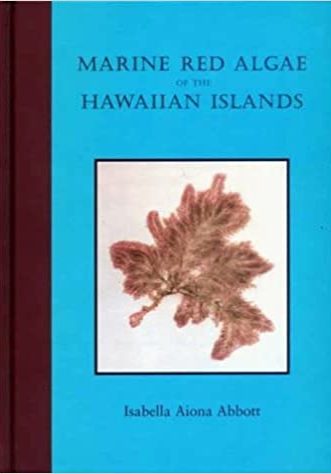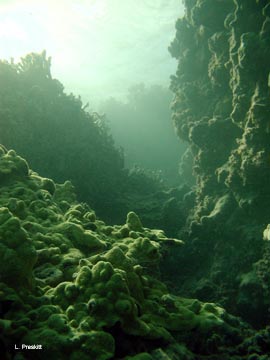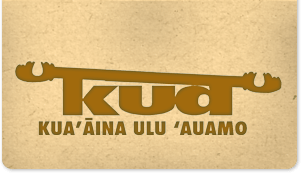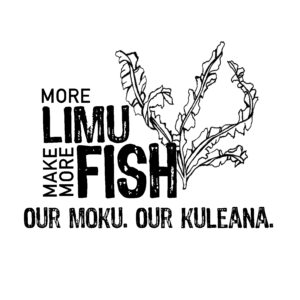Limu Resources
Limu: Our Hawaiian Tradition
Among Polynesians, Hawaiians are unique in their regular use of limu. In the olden times, limu was the third component of a nutritionally balanced diet consisting of fish and poi. While limu primarily supplied variety and interest, they also added significant amounts of vitamins and other mineral elements to the diet. A common part of the traditional Hawaiian diet, limu are still a common ingredient in foods enjoyed by all. Not only are limu sold in supermarkets, but original Hawaiian methods of preparation are still used. Limu are served as vegetables in stews, poke, and salads; as condiments, adding zest to the meals; and are an important source of minerals, and vitamins, including vitamins A, C, B12, and riboflavin.

To inquire about purchasing copies of the Limu poster, please contact us at namamo@muolea.org
Voice of the Sea
Weʻre learning about algae that grows in deep sea environments, called mesophotic reefs. Beyond the reach of conventional scuba, mesophotic reefs receive just enough sunlight for algae to grow and photosynthesize. Deep sea corals, other invertebrates, and fishes also inhabit these remote environments.
The Hawaiian archipelago is a unique place to study mesophotic reefs. The gently sloping volcanic islands provide large areas of rocky habitat for deep sea algae and corals to live. Mesophotic reefs are too deep for snorkeling or traditional scuba. Advances in diving technology, submersibles and remotely operated vehicles have allowed researchers access to these area in recent years —providing the world with new understandings of deep water communities and connectedness across ocean basins.
We catch up with algae experts Dr. Alison Sherwood and Dr. Heather Spalding to learn more about mesophotic reefs and the exciting discoveries they are making of many never-before-seen species of deep sea algae. We visit the plant science lab at UH Mānoa to learn how to identify different types of algae—and the process of classifying and describing a new species. Researchers are using the genetics of deep sea algae to help determine their relationship to local shallow water species as well as to mesophotic reefs in other parts of the world. We take a quick dive into the methods researchers use to extract DNA from algae, copy and clean the DNA, and analyze genetic sequences on the computer.
Then, we check out the algae and plant specimens at the Bishop Museum in downtown Honolulu with collections manager Barbara H. Kennedy. Bishop Museum is the official Herbarium of Hawaiʻi—where samples of new species as well as samples of rare and endangered plants and algae are stored in special water and fire proof rooms.
Follow us on social media at voiceoftheseatv.
Learn more at voiceofthesea.org
Voice of the Sea
We’re celebrating the Year of the Limu at the Hāna Limu Festival on Maui, where limu experts and limu lovers from across Hawaiʻi have gathered to share knowledge, observe local limu, and celebrate this culturally, and environmentally critical food resource.
We talk-story with Uncle Wally Ito, Limu Hui Coordinator, Malia Heimuli and former Co-Director of (KUA) Kuaʻāina Ulu ʻĀūamo, Miwa Tamanaha—to what we can do to sustain and perpetuate native limu in our nearshore waters. We start off talking to Hāna Limu Festival organizers Scott Crawford and Claudia Kalaola.
Visit the Limu Love website for more information and resources.
73rd St. Productions
Ethnobotany of Limu
Video 14 in the Introduction to Ethnobotany series. Presented by Isabella Aiona Abbott.
Some cultures have learned to use marine resources, including marine plants. Among Pacific Island cultures, Hawaiians have developed more uses of algae as food and medicine. The reasons for this are unclear, however, Phycologist (algae expert) Isabella Aiona Abbott has some logical hypotheses based upon the 'ai kapu and traditional practices of Hawaiian women. This episode discusses some of the species of algae that are eaten in Hawai'i and the life experiences of Isabella Abbott as a native Hawaiian scientist.
PBS Hawaiʻi
Isabella Aiona Abbott | Long Story Short with Leslie Wilcox
Original air date: Tues., Jun. 17, 2008
How much do you know about limu, seaweed or marine algae? Isabella Aiona Abbott may know more about it than anyone else. She learned about its many uses, varieties and their Hawaiian names from her mother who learned from her mother whose mother lived during the times of the kapu system, when women could gather limu but not eat or even touch taro.
Now a world-renowned expert on marine algae and Professor Emerita at the University of Hawai’i, Dr. Abbott joins Leslie Wilcox for an engaging conversation.
Voices Of Truth - One-On-One With Hawai`iʻs Future
Saving Hawai`iʻs Limu - A Visit With Wally Ito
- Uncle Sol is from the island of Lāna‘ A true renaissance man, he has an esteemed career as a multi-term County Councilman, State Representative, and Executive Director of the Kaho‘olawe Island Reserve Commission.
- He has sailed the Pacific with Hōkūle‘a, is a talented musician and serves on the board of Ka ʻOhana O Kalaupapa, and the Maui Nui Marine Resources Council.
- He is passionate about Lāna‘i, Hawaiian culture, natural resources and restoring and preserving these for current and future generations.
- He currently leads the grassroots effort to heal the ‘āina and restore the land and reefs of Maunalei Ahupua‘a community managed makai area.
PĀKĒ SALMON
West Oahu's Limu - Where did it all go?
This is a documentary about West Oahu's limu (seaweed) situation. The early Hawaiians cultivated limu throughout the islands with the intention of promoting a healthy eco system from the mountain to the sea. It was also a important source of food and medicine. Where have all the limu gone and why? Is it lack of fresh water? Is it development from industry? Is it the residents' lack of connection to the land and sea? This is West Oahu's limu story. Listen to the voices of the kupuna who share thoughts on the problem. Mahalo Uncle Henry Chang Wo, Aunty Phyllis Adams, & Uncle Mike Lee for your mana'o & insights.
Other Limu Resources
Articles
Publications and Links



